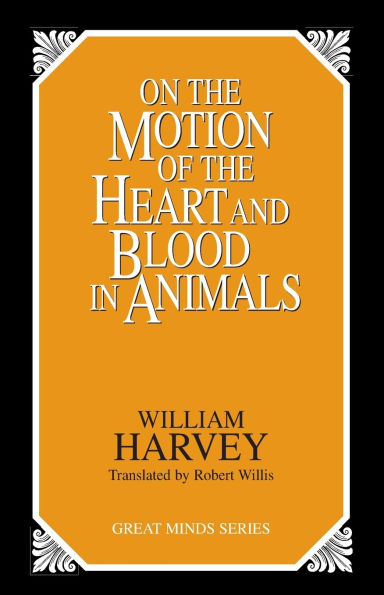William Harvey (1578-1657) was a rebel in medical science: Contrary to contemporary practice, he began his epoch-making investigation into the action of the heart and the blood's circulation by minutely observing their action in live animals and by a lengthy series of dissections, rather than by mere reliance on the anatomical lessons of ancient medicine and philosophy. "On the Motion of the Heart and Blood in Animals", including explanations of heart valves and arterial pulse, stands as a triumph of true scientific inquiry, and is still regarded as one of the greatest discoveries in physiology.
1117445693
On the Motion of the Heart and Blood in Animals
William Harvey (1578-1657) was a rebel in medical science: Contrary to contemporary practice, he began his epoch-making investigation into the action of the heart and the blood's circulation by minutely observing their action in live animals and by a lengthy series of dissections, rather than by mere reliance on the anatomical lessons of ancient medicine and philosophy. "On the Motion of the Heart and Blood in Animals", including explanations of heart valves and arterial pulse, stands as a triumph of true scientific inquiry, and is still regarded as one of the greatest discoveries in physiology.
14.99
Out Of Stock
5
1

On the Motion of the Heart and Blood in Animals
96
On the Motion of the Heart and Blood in Animals
96Paperback(REPRINT)
$14.99
Related collections and offers
14.99
Out Of Stock

Product Details
| ISBN-13: | 9780879758547 |
|---|---|
| Publisher: | Globe Pequot |
| Publication date: | 11/01/1993 |
| Series: | Great Minds Series |
| Edition description: | REPRINT |
| Pages: | 96 |
| Product dimensions: | 5.50(w) x 8.50(h) x 0.30(d) |
About the Author
What People are Saying About This
From the B&N Reads Blog
